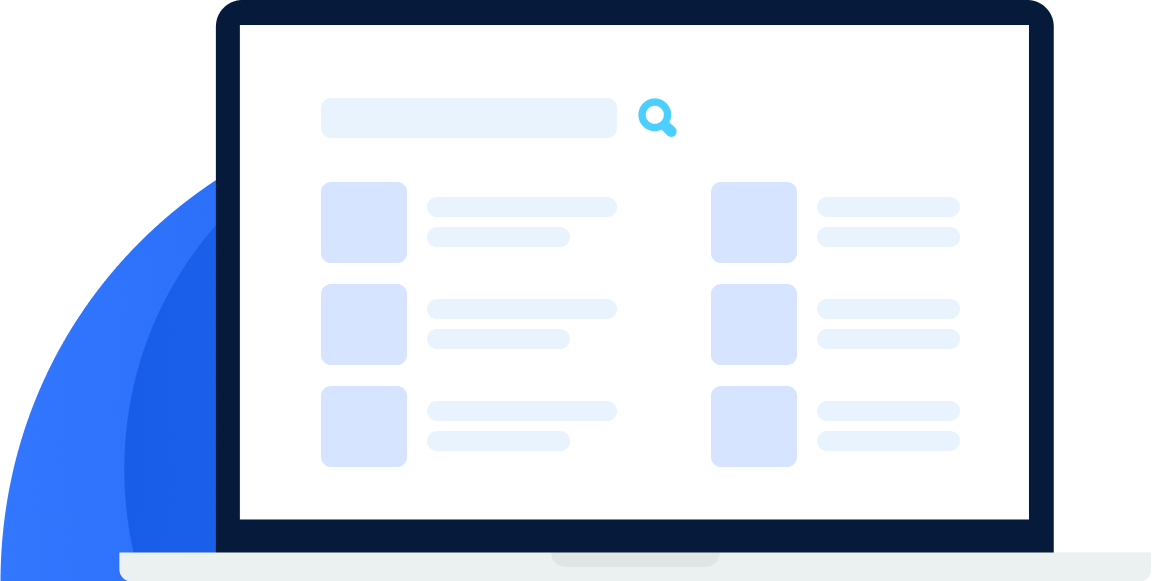Table of Contents
- What is Adverse Media Screening?
- Who needs Adverse Media Screening?
- Why is Adverse Media Screening necessary?
- How can uqudo’s Adverse Media Screening help your business?
What is Adverse Media Screening?
Adverse media screening refers to the process of checking and reviewing publicly available information on individuals, organisations and entities to identify any negative or potentially damaging information that can pose a risk to a company. This includes information related to criminal activity, financial misconduct, political affiliations, and other activities that could negatively impact an organisation’s reputation, financial stability, or legal standing.
After sanction and PEP screening, identifying a customer’s potential association with financial criminals and money launderers is an essential step in a firm’s AML screening process. This involves exploring global media news to search for potential involvement in activities like
- Financial crime
- Corruption
- Trafficking
- Terrorism
- Organised crime
Who needs Adverse Media Screening?
Adverse Media Screening is used by various organisations to comply with regulatory requirements and mitigate risk. Some of the most common industries and types of organizations that use adverse media screening include,
- Banks and financial institutions: Banks and other financial institutions are required to conduct adverse media screening as part of their due diligence process when onboarding new clients or opening accounts. This is to ensure that they are dealing with individuals or organizations that are involved in money laundering, terrorist financing, or other illegal activities.
- Government agencies: Government agencies conduct adverse media screening on individuals or organizations that they interact with or do business with to ensure that they are not associated with any illegal activities or other negative information.
- Corporations: Corporations conduct adverse media screening on employees, vendors, or other business partners to ensure that they are not associated with any negative information that could impact the organization’s reputation or financial stability.
- Insurance companies: Insurance companies conduct adverse media screening on policyholders and potential policyholders to identify any potential risks or negative information that could impact their ability to pay claims.
- Healthcare providers: Healthcare providers may conduct adverse media screening on physicians and other healthcare professionals to identify any potential risks or negative information that could impact the quality of care provided to patients.
In general, any organisation interacting with external parties and wanting to mitigate the risk associated with doing business with certain individuals or organizations use adverse media screening.
Why is Adverse Media Screening necessary?
Adverse media screening is necessary for several reasons
- Regulatory compliance: Banks, financial institutions, and other organisations are required to conduct adverse media screening as part of their due diligence process to comply with regulatory requirements. Adverse media screening helps organisations comply with these regulations and avoid penalties for non-compliance.
- Identifying fraud: Adverse media screening helps organisations to identify potential fraud by identifying any negative information that could indicate fraudulent activity. This could include information related to criminal activity, financial misconduct, or other activities that could indicate fraud.
- Mitigating risk: Adverse media screening helps organisations to identify and mitigate risks associated with doing business with certain individuals or organisations. By identifying negative or potentially damaging information, organisations can take appropriate actions to mitigate the risk associated with the negative information.
- Protecting reputation: This helps organisations to protect their reputation by identifying any negative information that could potentially damage their reputation. By identifying and addressing any negative information, companies can take steps to mitigate the impact on their reputation.
How can uqudo’s Adverse Media Screening help your business?
uqudo’s database has access to more than 3 billion adverse media lists, making it easy for us to identify high-risk customers. Our Adverse Media Screening consists of the following steps,
- Step 1: Identify high-risk individuals and key company stakeholders.
- Step 2: Conduct thorough adverse media checks and background screenings.
- Step 3: Continuously rescreen to identify changes in customer risk profiles.
To learn more about our comprehensive Screening process, get in touch with us.


